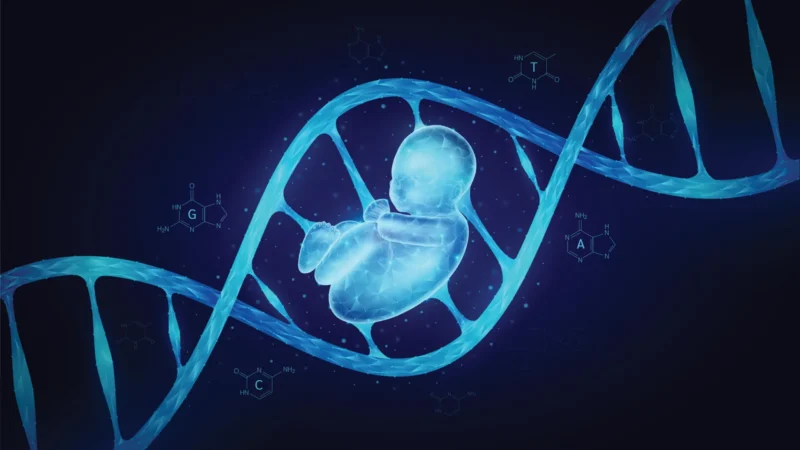Fast Facts
-
Evolutionary Breakthrough: An international team led by the University of Vienna identified key cell types at the fetal-maternal interface, revealing how placental mammals evolved the ability to sustain successful pregnancies over millions of years.
-
Conserved Genetic Signatures: The study uncovered a conserved genetic signature associated with the invasive behavior of fetal placenta cells, challenging the notion that this trait is unique to humans and showing its presence across mammalian evolution.
-
Cooperation Over Conflict: Findings support more coordinated cellular signaling between mothers and fetuses than previously thought, suggesting that while some genetic conflict exists, overall communication is largely cooperative.
- Innovative Research Methods: Combining single-cell transcriptomics with evolutionary modeling, the research provides new insights into the evolution of pregnancy and a framework for understanding complex biological systems and pregnancy-related complications.
The Evolutionary Engine of Pregnancy
Recent findings from an international research team reveal much about the fetal-maternal interface, a marvel of evolutionary adaptation that sustains pregnancy. This interface is where two genetically distinct organisms, the mother and fetus, interact closely. It balances the need for nutrient exchange with protection against immune rejection. Remarkably, scientists traced the origins of this complexity by analyzing single-cell transcriptomes from various mammals, including humans and unusual species like the tenrec. Their insights challenge previous assumptions about the uniqueness of human pregnancy. In fact, certain invasive features of placental cells have existed for over 100 million years, making them a hallmark of mammalian evolution. This research not only enhances our understanding but offers a new lens through which to view complexities in biology.
Communication: Cooperation Over Conflict
The researchers tested two dominant theories on fetal-maternal communication: the Disambiguation Hypothesis and the Escalation Hypothesis. They found evidence supporting the idea that hormonal signals became specialized, allowing both the mother and fetus to send clear messages. Such clarity can foster effective collaboration, indicating that evolution may have favored more cooperation than previously recognized. While traces of conflict exist, they are limited to specific genetic regions. This nuanced view opens pathways for deeper insights into pregnancy and may influence future medical practices. By utilizing advanced techniques like single-cell transcriptomics, scientists gain a clearer picture of how complex biological systems evolve. These discoveries could pave the way for improved treatments and a better understanding of pregnancy-related complications.
Stay Ahead with the Latest Tech Trends
Stay informed on the revolutionary breakthroughs in Quantum Computing research.
Explore past and present digital transformations on the Internet Archive.
TechV1

